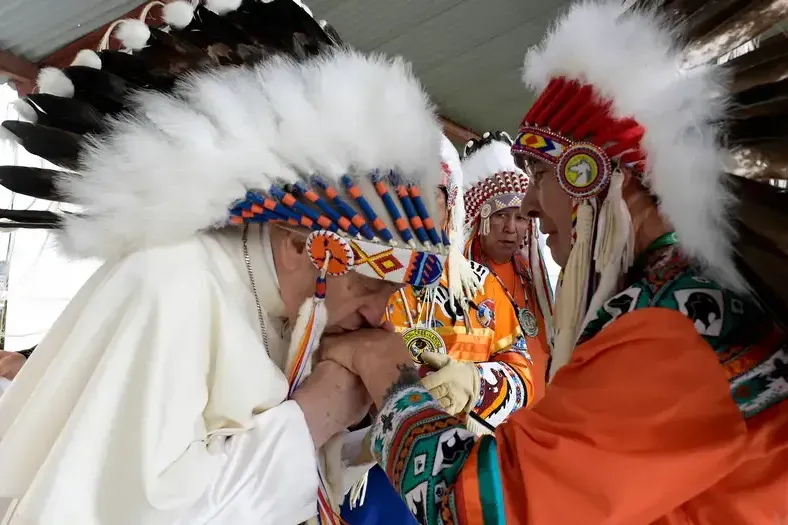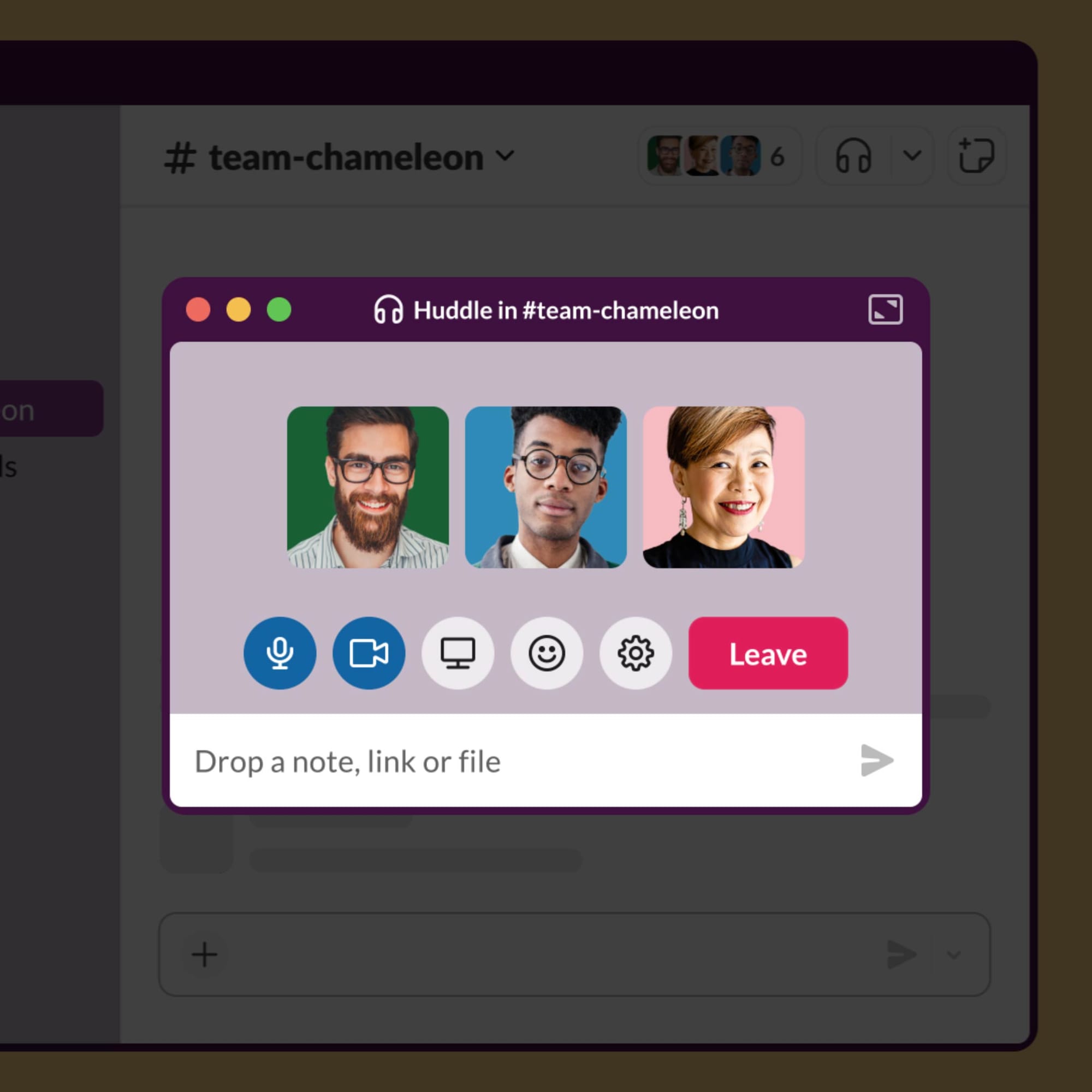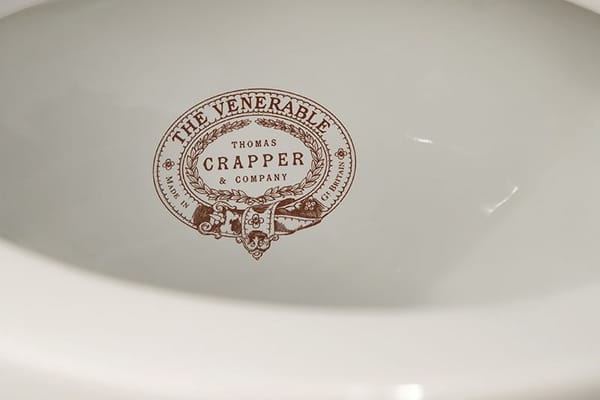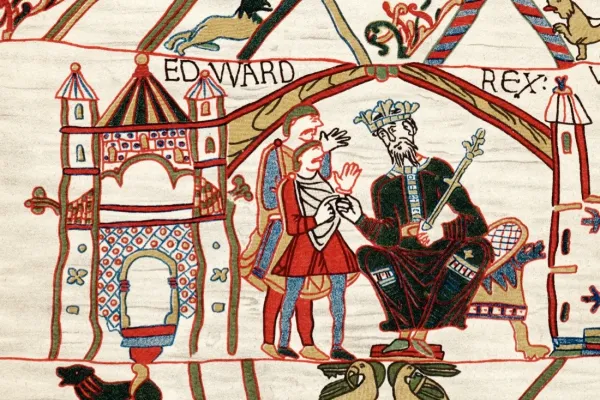Cree
Cree leaders have called on the Vatican to return cultural artefacts.

Key words
- Aboriginal: a member of a race of people who were the first people to live in a country, before any colonists arrived
What does it mean to be an Native American or indigenous aboriginal today?
- Odd jobs: small jobs of different types, especially those that involve repairing or cleaning things
He’s been doing odd jobs this summer to earn a little extra money.
- Methodist: a member of a Christian group that follows the teachings of John Wesley
They are Methodists but they live in a Catholic country.
- Shorthand: a system of fast writing that uses lines and simple signs to represent words and phrases
Their conversations were taken down in shorthand by a secretary.
- Eradicate: to get rid of or destroy something completely
The government claims to be doing all it can to eradicate corruption.
Read the article to find the answers
- What did the Hudson's Bay Company do?
- What do the Cree call themselves?
- What did James Evans invent?
- How is the Cree creation story similar to the Christian creation story?
Cree
With more than 200,000 people, the Cree are Canada's largest indigenous group. They were first contacted by Europeans working for the Hudson's Bay Company, a fur trading company that played a key role in the development of Canada.
While some Cree moved further inland, more and more Cree stayed close to the fur trading posts, doing odd jobs and getting involved in the church and schools.
The Cree language is the most widely spoken aboriginal language in Canada, but the Cree have no collective name to refer to themselves in their language. They only use the word Cree to refer to themselves when speaking French or English.
James Evans
English-born Methodist James Evans began his missionary career at a Hudson's Bay Company trading post. He developed a close relationship with the Cree people, learning their language and culture. The Cree language had no alphabet, so Evans invented one for them.
Knowing that literacy could both empower the Cree and help spread Christianity, Evans adapted shorthand to create a simple and accessible script that allowed the Cree to read and write in their own language. Within a few years, virtually all the Cree were literate.
Evans first taught by writing on bark with soot and became known as 'the man who made bark talk'. Evans then used melted lead musket balls to create movable type and a discarded printing press to produce the first book printed in the Cree language. A book of hymns entitled: ᓇᑲᒧᐏᓇ ᐅᒪᐢᑮᑯᐘ ᐅᑎᑘᐏᓂᐘᐤ, which roughly translates as "Hymns for the Native People".
Religion
The Cree creation story is similar to the biblical story of Noah. It begins with the Creator telling Wisakedjak to teach the people how to live a good life. Wisakedjak was a very clever but mischievous spirit who did not listen to the Creator and soon the people were fighting each other. The Creator threatened Wisakedjak, but the spirit still did not listen and the people continued to fight. The Creator then decided to flood the land and wipe them all out.
Canada's government-funded residential schools, many of which were run by the Catholic Church, were responsible for forcibly removing Cree children from their families. They banned the Cree language and tried to eradicate traditional Cree culture. Thousands of Cree children were abused, and hundreds have recently been discovered buried in unmarked graves.
Despite this dark history, the vast majority of Cree people still identify as Christians, mostly Catholic, with only a very small minority continuing to practice traditional Cree spirituality.
Discussion questions
- Do you have any questions about any of the vocabulary or grammar in this article?
- Have you ever been to Canada?
- Does your first language have an alphabet?
- What is the traditional creation story in your culture?
- Have there been any church scandals in your country?
- How many people continue to practice the traditional spirituality of your country?

Book a Lesson
Improve your English language communication skills by practicing with a qualified and experienced native speaker.





